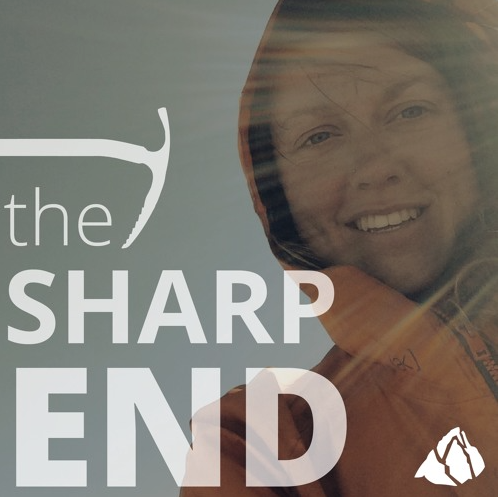Off Route – Party Separated, Weather, Inexperience
California, Mt. Shasta, Red Banks / Avalanche Gulch
On May 17 a female climber (mid-40s) summited Shasta by the Red Banks/Avalanche Gulch route at roughly 12:15 p.m. She rested on the summit and descended as clouds began to move in, following tracks down the Clear Creek route, where she made contact with another climbing party. This party informed her she was on the Clear Creek route and to head back to the Avalanche Gulch route. The female climber descended further in poor visibility while trying to head skier’s right back toward Avalanche Gulch. She placed a call to her climbing party informing them that she was lost (the party had separated due to different climbing paces).
Her climbing party made contact with climbing ranger Brett Wagenheim at roughly 2:30 p.m. to notify him of the situation. Just after 3 p.m., the climber called and informed the ranger that she was lost in a whiteout. Brett concluded that she was likely on the Konwakiton Glacier, above the Mud Creek drainage, but her elevation was unknown. The climber was advised to ascend northwest to the base of Misery Hill; however, she refused to ascend, citing steep terrain, post-holing snow conditions, and poor visibility. Brett advised the climber to call 911 (in order to get coordinates from her cell phone) and to alert Siskiyou Search and Rescue. It was discovered that her location was on the upper mountain (above 12,000 feet) and she was advised to ascend the Konwakiton Glacier. Upon hearing her rough location and descent options, the climber took advantage of a window of improved visibility and was able to ascend west toward the Red Banks and Thumb Rock.
Around 5 p.m. the weather began to deteriorate, with light hail and high winds picking up on the upper mountain. Two wilderness rangers made physical contact with the lost climber at the Red Banks at 6:20 p.m. They assisted her descent to Helen Lake (base of the Avalanche Gulch route), at which point Wagenheim continued to descend with the lost climber to the trailhead, arriving at Bunny Flat at 11:30 p.m. (Source: Mt. Shasta Wilderness Climbing Ranger Report, prepared by Nick Meyers.)
ANALYSIS
Group separation can lead to many problems: Is group gear spread among party members? Are all climbers familiar with equipment use, glissading, route-finding, etc.? This issue occurs often among “meet up” groups. These individuals don’t know each other’s abilities, and as fitness disparities arise there seems to be an attitude of “I’m in this for myself,” causing a lack of accountability for fellow party members. (As opposed to the traditional climbing partners’ attitude of being with a good friend, and there is
no way you’re going to adopt the see-ya-back-at-the-trailhead attitude.) In this case, however, this was not a meet-up group.
The lost female climber was the last member of the party to summit. Before summiting, the party agreed to meet back at Lake Helen, where they had camped. It should be noted that the party left this climber alone on the upper mountain, out of water, unfamiliar with the route or descent, in poor visibility, and late in the day.
All routes on Shasta first surmount the summit plateau that lies between 12,800 and 13,500 feet; then one must proceed to the summit pinnacle. During the descent across the summit plateau in low-visibility situations, it is common for people to become disoriented and unable to determine which way to descend. This results in extensive, time-consuming searches and exposes lost climbers to big-mountain hazards. The Shasta climbing rangers do their best to inform people of route-finding issues and have even resorted to “wanding” the route at times (though wands carry their own problems, as they fall down or create a false sense of security).
Any climber on Shasta should study the terrain before climbing and be skilled in basic navigation and route-finding. It’s very easy to wander off the wrong side into heavily glaciated terrain. In this scenario, do you carry the necessary equipment for a high-elevation open bivouac in a storm? Group separation is not recommended, and in this case made the climber’s descent complicated and potentially dangerous. (Source: Nick Meyers, Mt. Shasta Climbing Ranger.)

